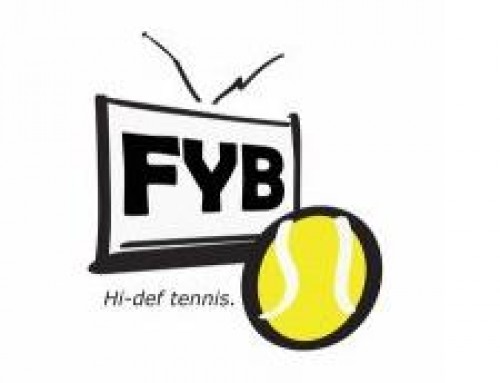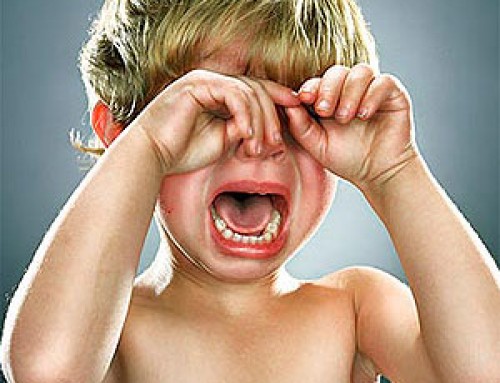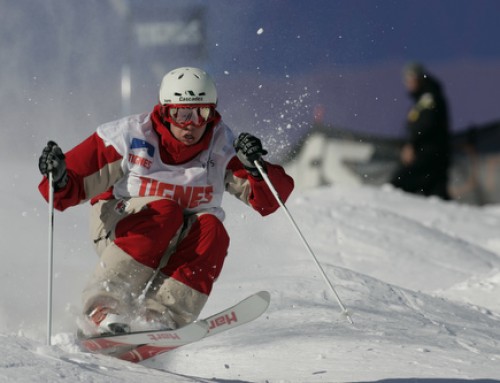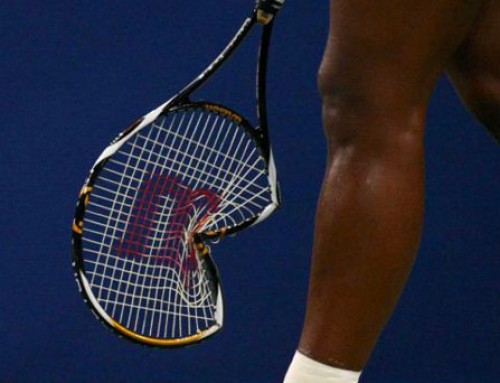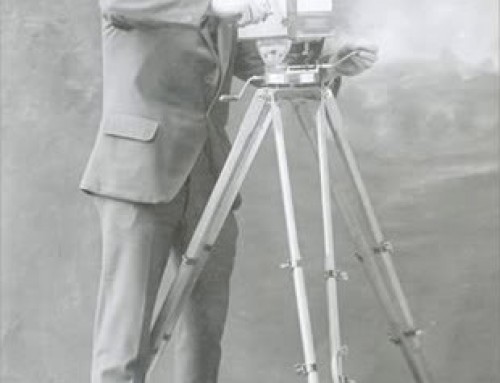 The purpose of improvement to any part of your game is to win more points right? Well today I’d like to write to you about the types of improvements that are going to make the biggest difference in how many points, games, and matches that you win. The average recreational level player assumes the best way to win more points is to learn how to hit the ball harder, more aggressively, and with more spin. Those are all great things, and certainly will improve the quality of your tennis, however, without a solid foundation of consistency first they are almost completely irrelevant. Why? Because if you don’t know how to keep the ball in play first and foremost, trying increase how aggressive you hit the ball is going result in more errors, keeping your ratio of points won to lost the same if not worse.
The purpose of improvement to any part of your game is to win more points right? Well today I’d like to write to you about the types of improvements that are going to make the biggest difference in how many points, games, and matches that you win. The average recreational level player assumes the best way to win more points is to learn how to hit the ball harder, more aggressively, and with more spin. Those are all great things, and certainly will improve the quality of your tennis, however, without a solid foundation of consistency first they are almost completely irrelevant. Why? Because if you don’t know how to keep the ball in play first and foremost, trying increase how aggressive you hit the ball is going result in more errors, keeping your ratio of points won to lost the same if not worse.
So lets look quickly at the three main ways that a tennis point can end:
Winner
A shot is hit by either player that is so good, it’s not even touched by their opponent.
Forced Error
The shot missed was able to be touched, but was so difficult it wasn’t expected to be put back in play, ie, the shot that ended the point wasn’t a winner, but just too good to return.
Unforced Error
A missed shot that is the sole fault of the person who hit it, their opponent did nothing to make them hit an error.
How would you guess the majority of your points end? Unless you’re above a 5.0 level, the type of shot ending the most points will be an unforced error. That surprises a lot of tennis players who have been playing a long time and think of themselves as accomplished players. Accomplished or not, tennis is still a highly difficult sport, and errors happen much more often than is realized.
As an example I just went to the Australian Open site for this past tournament in 2008, and looked at some stats for day 7 of the 14 day event. In the men’s draw, of the 12 players who competed that day, over half of them (seven) had more unforced errors than winners or forced errors. These guys do it for a living every day, and made it half way through one of the four most contested tournaments in the world every year, and yet they made more unwarranted mistakes than either of the other two ways that points end. Granted, the players who made more errors than winners or forced errors usually lost their match, but these are still professionals we’re talking about.
I’ve charted matches for many lessons in past to show them their stats, and to analyze what needs to be worked on the most. Typically the types of numbers that I would see from a competitive club player would be two or three times the unforced errors as compared to winners. So with that being the case, how can such a player (a player like you or I) improve the number of points they win the most?
The answer is by increasing the number of shots you’re comfortable hitting in the court in a row, by increasing your mental focus and physical consistency. There is no short cut around this, the only way to increase the above skills and attributes is through solid technique, and as much practice repetition as possible with a specific target in mind.
Is having weapons and hitting the ball agressively still an important part of becoming a better player? Certainly, forcing your opponent to make mistakes is still ultimately a large part of the game, but statistically speaking, most of us are going to see the biggest results in focusing on consistency first and building our ability to put the ball in the court over and over and over. Once that has been well established, adding weapons, power, and spin on top of that are the building blocks to becoming a truly great player.



